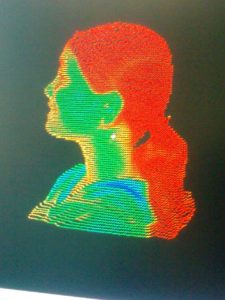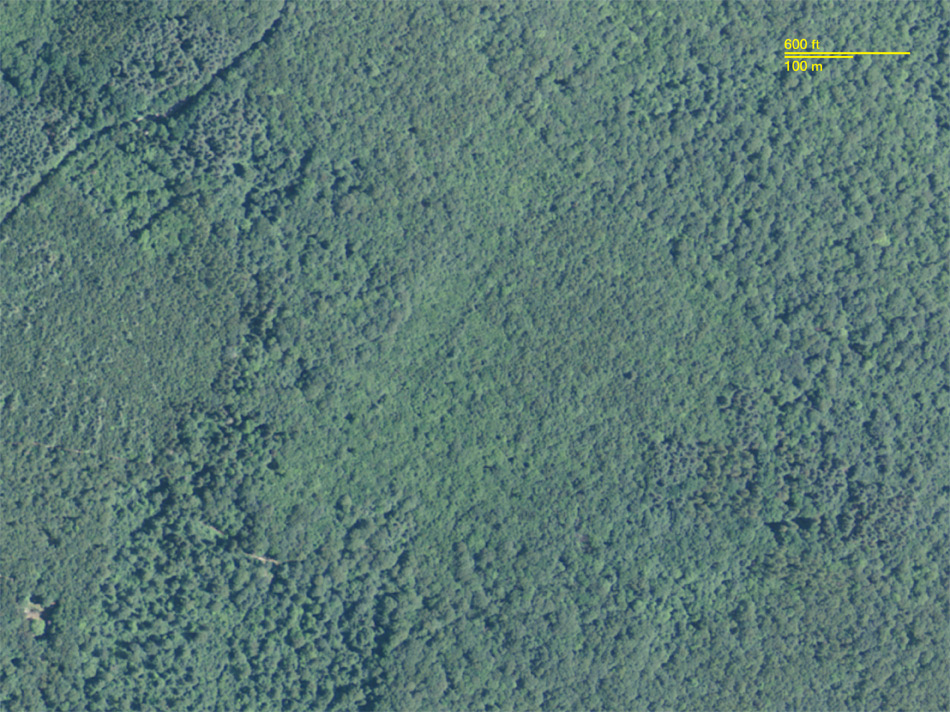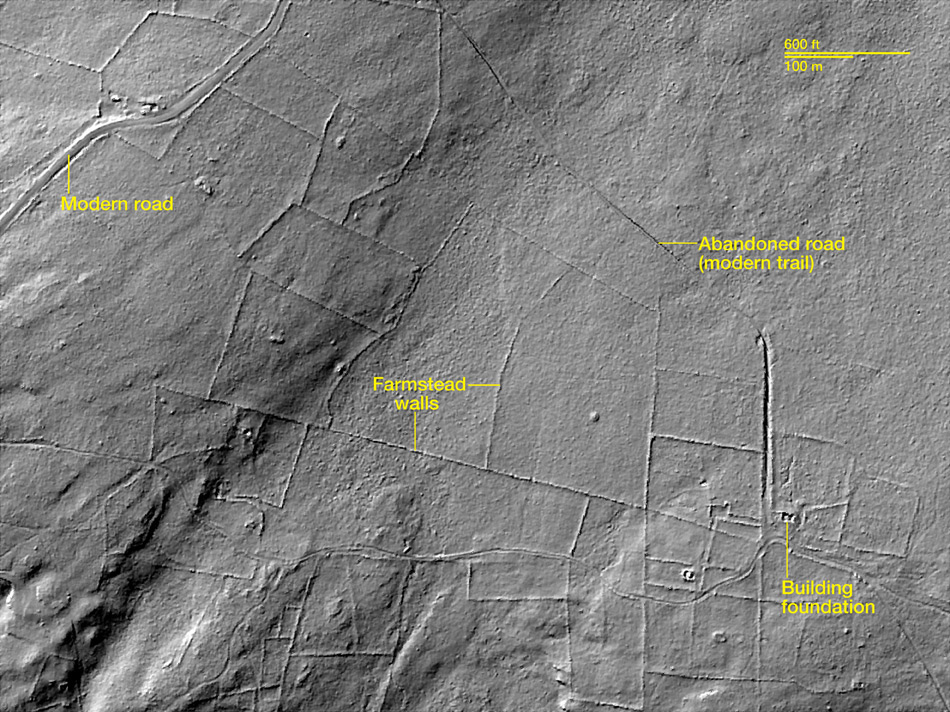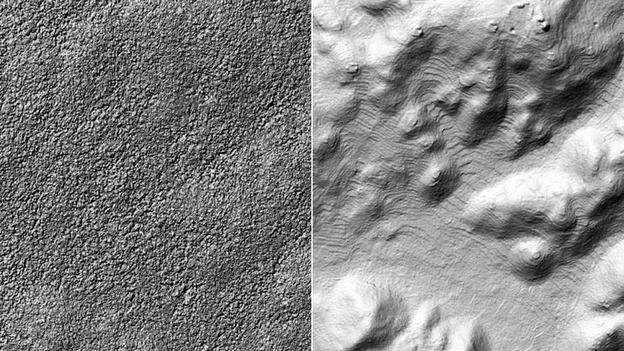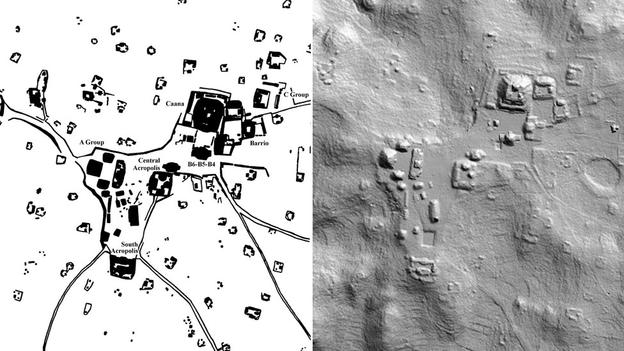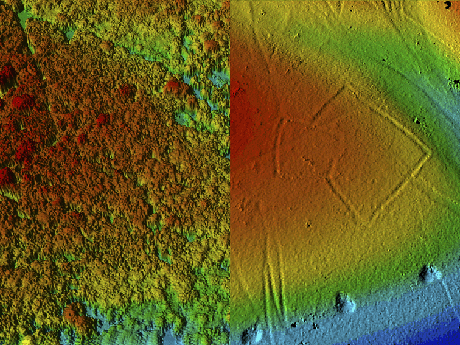
Laser Mapping Indian Infrastructure
Laser Mapping – a very new concept just few years ago. Today it has found its usefulness from transportation to pipeline mapping to construction. The first time I ever encountered a laser camera was seven years ago, and I was so curious on how it worked, that I made a 3D model of my own head. Yeah, you read it right – MY HEAD!
There you go, the laser model (pun intented!). I was very surprised that the point cloud could actually catch my smile!
Very quickly I started to see the incredible potential of this application beyond mapping one’s own head! Several news pops up now and then about its myriad of uses. It really gets my attention when technology touches the lives of millions, especially in a developing country like India. Street Mapper has set out with a similar goal in mind – to laser map city centers and transportation networks across the entire country.
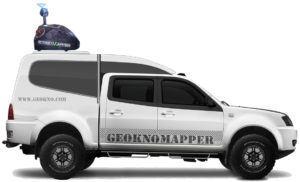
“India is making significant investment to improve its physical infrastructure,” commented Prof Dr. Bharat Lohani, Director and Mr Balaji Nagarajan CEO of Geokno Indian Private Limited , “which is why we are applying the very latest and best mobile mapping technology. One of our primary requirements, and fundamental to the selection of the StreetMapper system, was the requirement for engineering grade survey data. We also needed to be confident in the field performance and reliability of the system to minimise downtime.”
Geokno is a spin-off company from the Indian Institute of technology Kanpur specialising in GIS and related technologies such as LiDAR based surveying. Recognising the technical strengths of the company and the potential of the technology the GMR Group – one of the fastest growing infrastructure enterprises in the country, acquired a majority stake in Geokno.
Developed by UK based 3D Laser Mapping, in conjunction with German guidance and navigation specialists IGI, the StreetMapper system purchased by Geokno included two high speed, non-contact laser scanners specifically designed for mobile mapping as well as an export licence free fibre optic based Inertial Measurement Unit (IMU). The unique pod system also included a high resolution camera, specially designed lifting platform and a custom designed canopy. The newly supplied StreetMapper system can also be used for aerial projects with an airborne mount for the laser scanners and IMU.
Indians, Time to say cheese!
Did you like this post? Read more and subscribe to our monthly newsletter!


